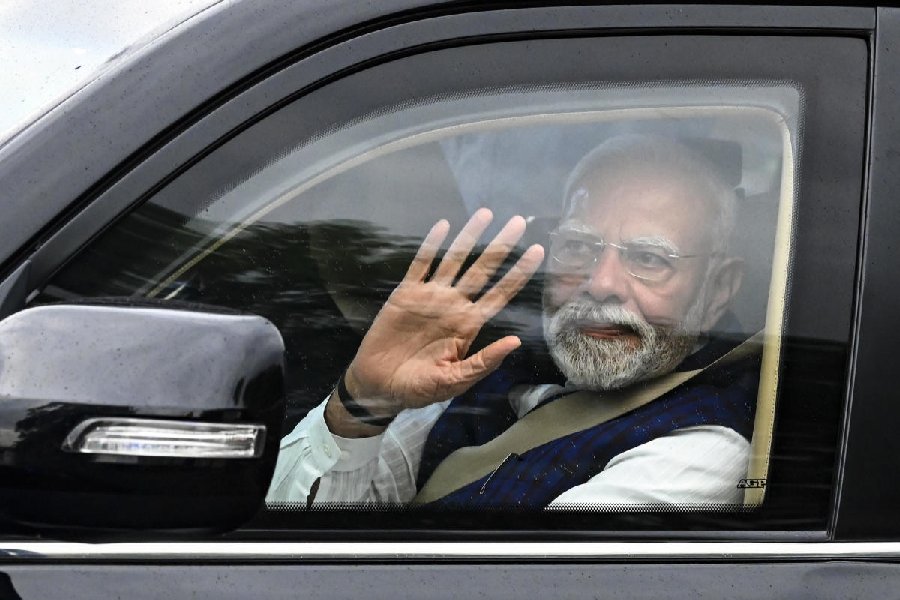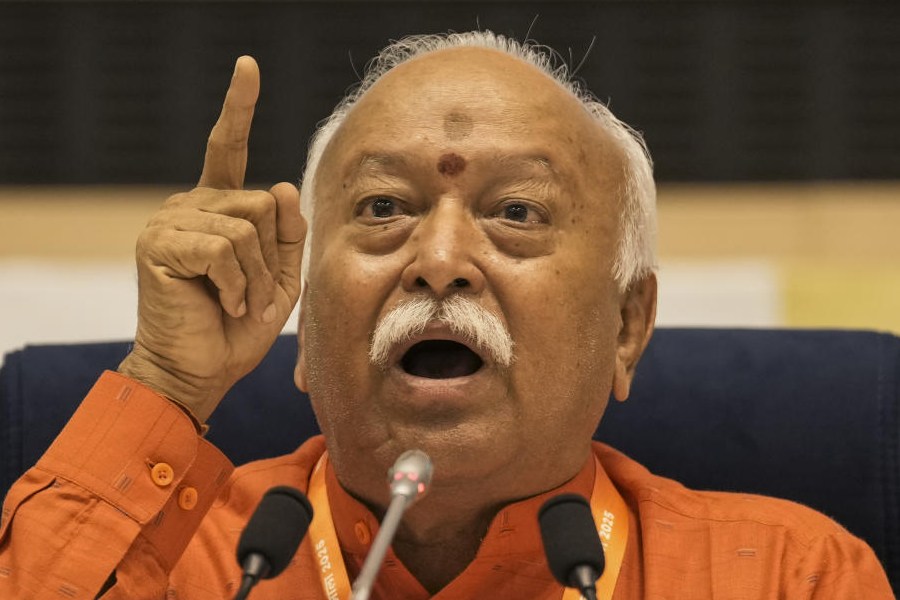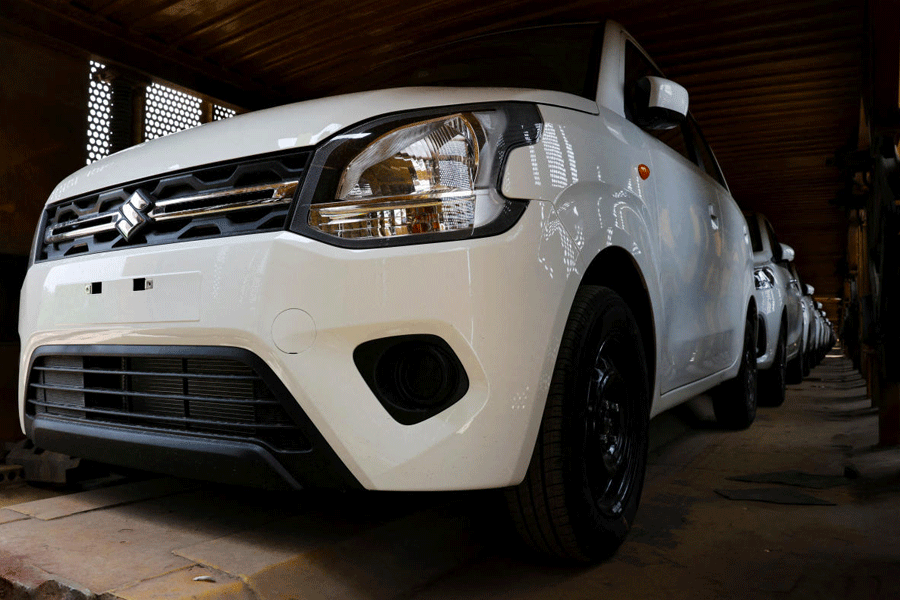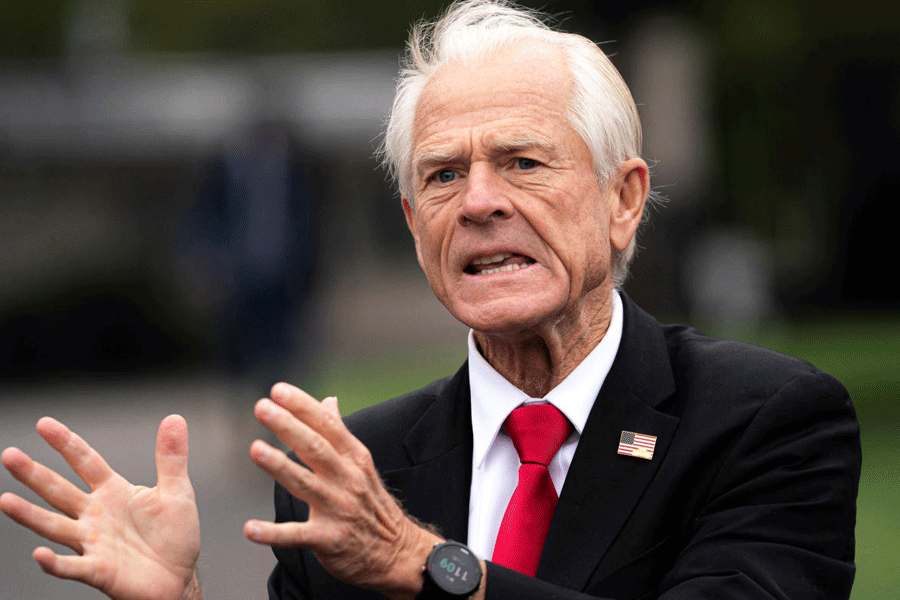|
|
The author is former director general military operations and currently director, Delhi Policy Group
The new year was rung in by the government with the announcement of a nuclear command authority. It was overdue, after nearly five years have elapsed since the nuclear tests of 1998. The government had made its nuclear policies and philosophy known at different times and through different fora. There was, however, no formal document which laid down the nuclear command structures or control mechanisms. Other than the prime minister’s statements after the tests in 1998 or his promises made at the United Nations general assembly soon after, there have been a series of pronouncements by ministers or the national security advisor, but no document or government paper on the subject had been issued. The nearest thing to a policy document was the nuclear doctrine announced at a press conference and soon thereafter termed by the government as a draft doctrine.
The government’s most preferred medium for announcing nuclear policies still remains the press. Neither Parliament nor any political party gets a chance to be consulted or taken into confidence, before issues of national security are announced through the medium of a press conference or press release. The NCA was no exception. Perhaps this method of policy promulgation is preferred for its ease of managing criticism. A parliamentary debate can raise awkward questions which the ministers — at best inadequately competent on nuclear matters — would find difficult to answer.
A policy document gets set up as the proverbial straw-man and gets hammered nationally and internationally for its inadequacies. A press statement allows many escape-routes for an uncertain government. Not surprisingly therefore, within days of the NCA press release, government spokespersons were active elaborating, explaining and expiating on what the NCA means.
What the NCA announcement — even if only a press release — does is to reiterate some of the principles by which this government would operate its nuclear weapons policy. It confirms its commitments to minimum credible deterrent, a moratorium on further nuclear tests, about not transferring nuclear technology, and the major principle of no first use of nuclear weapons. It extends the scope of their use by stating that nuclear weapons will also be used against those who attack India or Indian troops with chemical or biological weapons. Above all, the NCA incorporates three tiers of command and control over nuclear weapons.
India’s nuclear decision-making process, which had remained vague and raised many questions in the strategic and policy communities within and outside the country, has been put on a firmer footing. A political council comprising the cabinet committee for security will be the highest decision-processing body. The decision to launch nuclear weapons would be the exclusively that of the prime minister. The political council would come to its conclusions based on the inputs to be provided by an executive council led by the national security advisor.
The composition of the executive council has not been made known. It would without doubt comprise those who would need to implement the decision. This would mean that intelligence, nuclear-scientific and defence-services chiefs would be part of the second council. The NCA announces the creation of a strategic forces command whose commander-in-chief has recently been appointed from the air force.
In major nuclear weapons states, the commander of the strategic forces takes orders directly from the head of the government. This is to ensure that there is no room for doubt or debate once the decision to launch nuclear weapons is taken. New Delhi apparently wants to spare the prime minister the bother and has created a different arrangement. It is the national security advisor, heading the executive council, who will convey the prime minister’s decision to the strategic forces commander-in-chief. Officials in New Delhi added another caveat to this by stating that the strategic forces head would be operating under the chiefs-of-staff committee.
The decision process is thus already a multi-layered one. If one adds the real time dimension of these senior personages, either lost by the enemy’s nuclear strike or located at different places to avoid such a strike, the magnitude of uncertainty gets multiplied manifold. No amount of explanations, about Indian nuclear response not having to be on hair-trigger alert and so on, mitigates the uncertainties built into the system. Simpler crises like Kargil, the war deployment of 2002 or the Kandahar hijack did not show up reliable decision-making as the government’s asset.
The NCA has a strategic force commander, but is silent on where the nuclear or strategic forces would be. Ideally, the commander-in-chief of the strategic forces should have full control over them. This is necessary to train, prepare operating procedures, and ensure full and reliable compliance of orders in emergencies. It is also essential to coordinate and collaborate with nuclear scientists, the three defence services and the government departments who would be involved in budgeting, logistics, personnel policies and communication links.
Indian operational processes in the nuclear weapons field are yet to evolve fully and this purpose is best obtained through a single-point command structure. If the missile units are going to remain separately under the army, air force and the navy, and the nuclear warheads located at different locations in the country, the strategic forces commander would spend most of his time and energies chasing the parent service to get synergies built into the system. Inter-service turf wars, inter-operability problems and diverse personnel policies would all come in the way of an effective nuclear force being built up.
A chief of defence staff would be the best single-point commander for the nuclear forces. He and not the chiefs-of-staff committee should be the operational focal point of the NCA. He would have the stature and experience needed to deal with the prime minister directly in times of grave national threats. He would have the authority to rapidly develop operational doctrines, coordinate between the political, scientific and military hierarchies, and to lay the foundations of a credible nuclear deterrent.
The creation of the chief of defence staff is a decision recommended by the group of ministers to the cabinet since more than a year past. Its implementation is nowhere in sight. In its absence, the NCA’s inadequate, but still useful, intentions are unlikely to be met. The uncertainty which has marked India’s nuclear plans and concepts will continue to remain unresolved. It proves once again that ad hoc approaches with mere good intentions are not enough to be a nuclear power. The political leadership needs to be clear about the state and speed of nuclear readiness India must have. The urgency so far demonstrated has not inspired confidence. It will only make the journey from the tests in Pokhran to a credible nuclear deterrent a long and uncertain one.
That the NCA reiterates firm and clear civilian control over nuclear weapons is appreciated and applauded around the world. This is reaffirmation of India’s democratic beliefs and confidence in its political system. The position in Pakistan is starkly different. The much-publicized nuclear command set-up was put out by Islamabad as combining the best measures for stability. The prime minister of Pakistan was to be the controller of the nuclear decision. Not long after the civilian government was installed, Pervez Musharraf quietly shifted that control to himself. There was not a murmur in Pakistan either by the prime minister or the strategic analysts.
The Indian model stands out in its firm commitment to deterrent stability through civilian control over nuclear weapons. What is urgently needed is to introduce a greater sense of purpose and clarity in India’s nuclear command structure.











